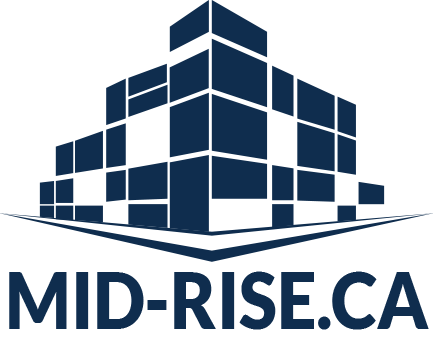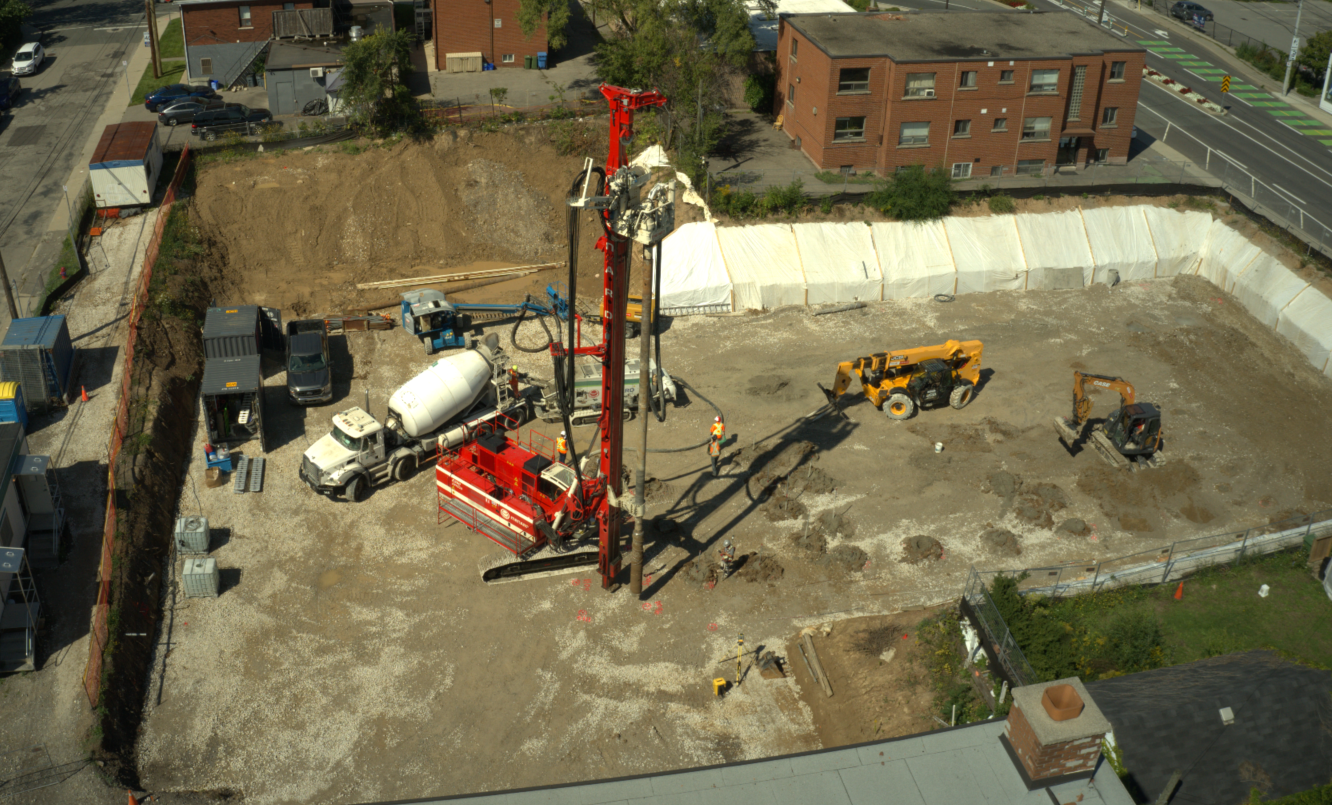In a world where all of us depend on our personal vehicles to get around, there’s no wonder that every new development is always concerned with the quantity and the quality of the parking spaces they can provide their future tenants and purchasers. Parking is almost always an issue for the Mid-Rise projects because they are mainly positioned in well-established neighbourhoods.
In most cases, there are not too many surface parking spaces that these projects can provide. The option of going underground and creating an underground parking garage is there most of the time. Still, underground parking structures can get very complicated and expensive depending on where you are, groundwater conditions, soil quality, potential contamination issues, and the surrounding building.
Over the past few decades, new technologies have aided this parking issue worldwide. Most of these technologies originate from Europe, where some very advanced solutions have been implemented over the years. Several projects have adopted these technologies in the past decade in Canada, especially in Toronto and GTA. Parking Stackers, the most advanced form of these systems, have been used on Mid-Rise projects in GTA. Car lifts and elevators are other popular forms of these systems that are more common on smaller-scale projects.
I’ve worked on multiple projects where either parking stackers or a combination of underground garages and car elevators were utilized to solve the parking requirements for the project in a more cost-effective way. I have to admit that these are very innovative systems. They’re highly complex. In most cases, they’re very well-designed and almost reliable, but at the same time, they have their pros and cons. So here’s a summary of my experience with these systems.
Advantages
Smaller Footprint
The main selling point for these parking solutions is their ability to store more cars in a smaller space compared to the traditional garage structures. Regardless of which system you pick (car stackers, car elevators, car lifts, etc.), the basic premise is that mechanical machinery will move your car (after you’ve exited from it!) in horizontal, vertical, or both directions to fit more cars. This means that you can potentially double or triple the number of vehicles in an area when you move from the traditional parking garage to a mechanized parking system.
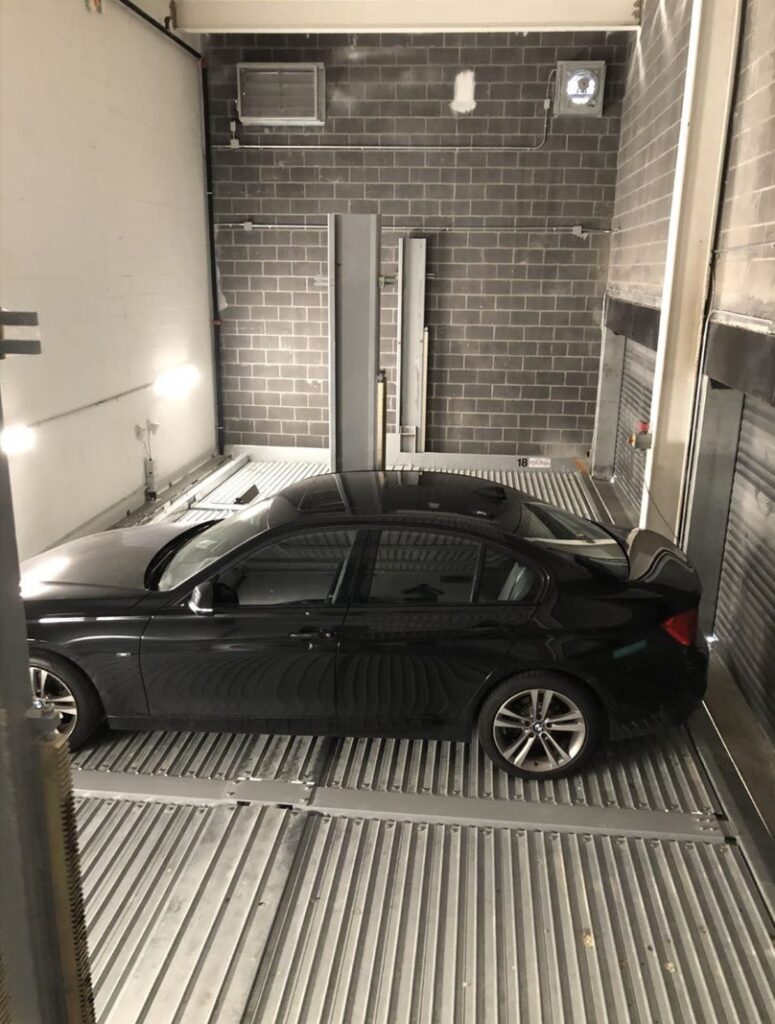
No Ramp needed
In addition to storing more cars in the same amount of space, parking systems have the added benefit of not needing a ramp. In most cases, the vehicles can drive directly into the stackers or elevators without a ramp. This feature is critical in a building with tight access and limited space on the ground floor area.
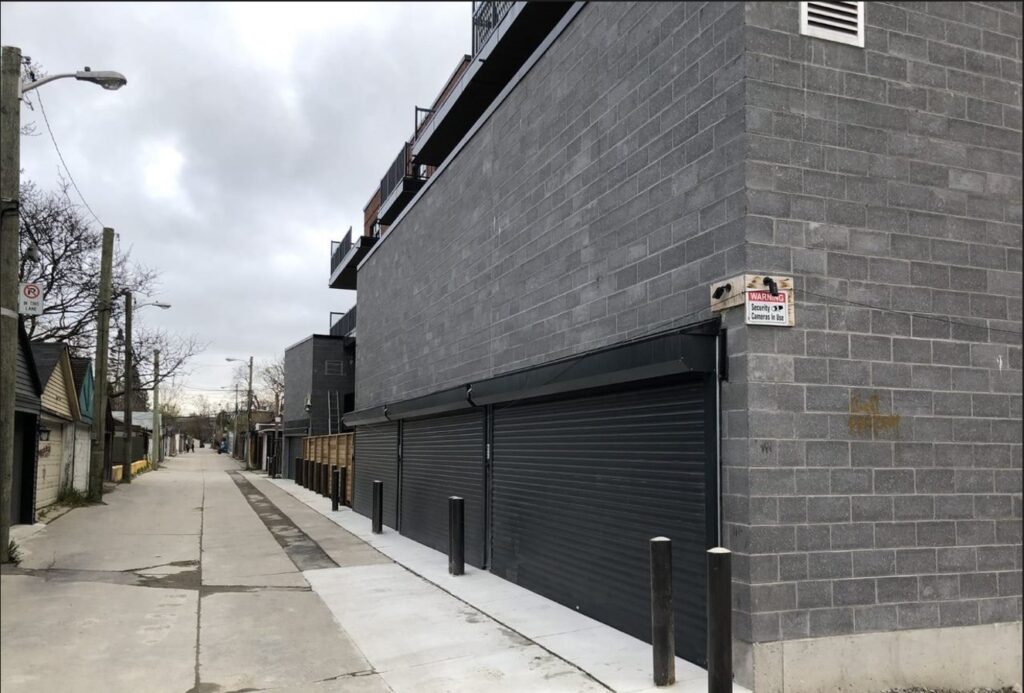
Lower Cost
I’ve had the opportunity to make cost comparisons between constructing an underground parking garage or replacing the whole underground parking garage with a parking system. In all cases, it made financial sense to either eliminate an entire level of a parking garage or install one of the parking solution systems to at least reduce the footprint of the parking spaces. Savings that come from less concrete, excavation, shoring, and all the mechanical/electrical that goes to a parking garage more than offset the cost of these parking solutions.
With different products and technologies available, you have many options on how to design your parking system. In addition to the regular car parking spots, bike parking and charging stations can also be added to these platforms. This helps save even more space throughout the project.
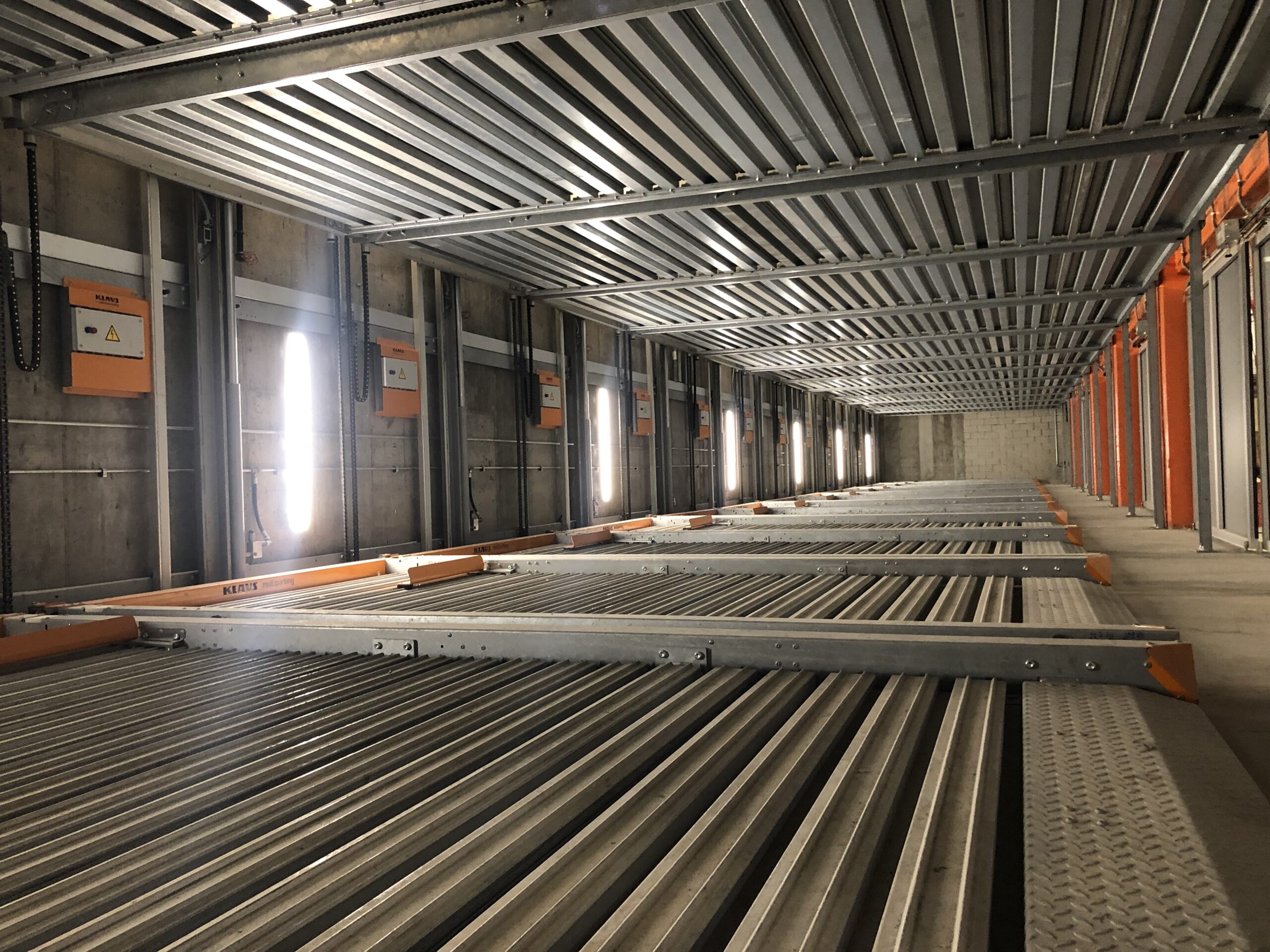
DisAdvantages
Technical Complexity
I’m sure you can guess that the more complex you make the system, the more likely you will run into problems down the road. Like any other automatic system that you would use in your building, from your overhead door openers to your elevators or even your HVAC system, more sophisticated systems typically need more maintenance and care.
It is not fun when they don’t work!!
In the case of parking solutions, you are very dependent on these systems working all the time. Any breakdown of the systems due to technical or user-created issues can create a significant amount of inconvenience and chaos in your future building. This is something that needs to be considered carefully before making a decision on which type of parking solution system you would want to use. Ensure the company you use has an excellent reputation for servicing the system. Most of these platforms are proprietary, and only one service provider can repair them, unlike an elevator system that has been around for a very long time and has multiple maintenance companies in each city. The parking solutions are relatively new and unique; therefore, they come with higher levels of risk.
I’m unaware of companies currently manufacturing parking stackers in Canada. They are mainly manufactured and shipped from Europe. This means that you always run the risk of waiting for a spare part or device to fly over the oceans before showing up at your building.
Working with parking stackers is not as straightforward as just getting on an elevator and pressing a button. It has more steps in the process and requires some training, which takes about 15 to 20 minutes for the first-time user to learn how to park in a stacker system. Users must be reminded that the system is not designed for certain behaviours. As long as the users are following the instructions, everything should work well.
DisAdvantages
Like any other aspect of the project, we should try and maximize the benefits we can gain by using technological advances. Parking systems represent one of those opportunities. Although they add complexity to the project, the benefits are worth considering. Not every project needs to introduce the most complicated systems in the market, but even the more basic solutions can create value for your project. Like any other decision in your development journey, the pros and cons must be closely reviewed.
